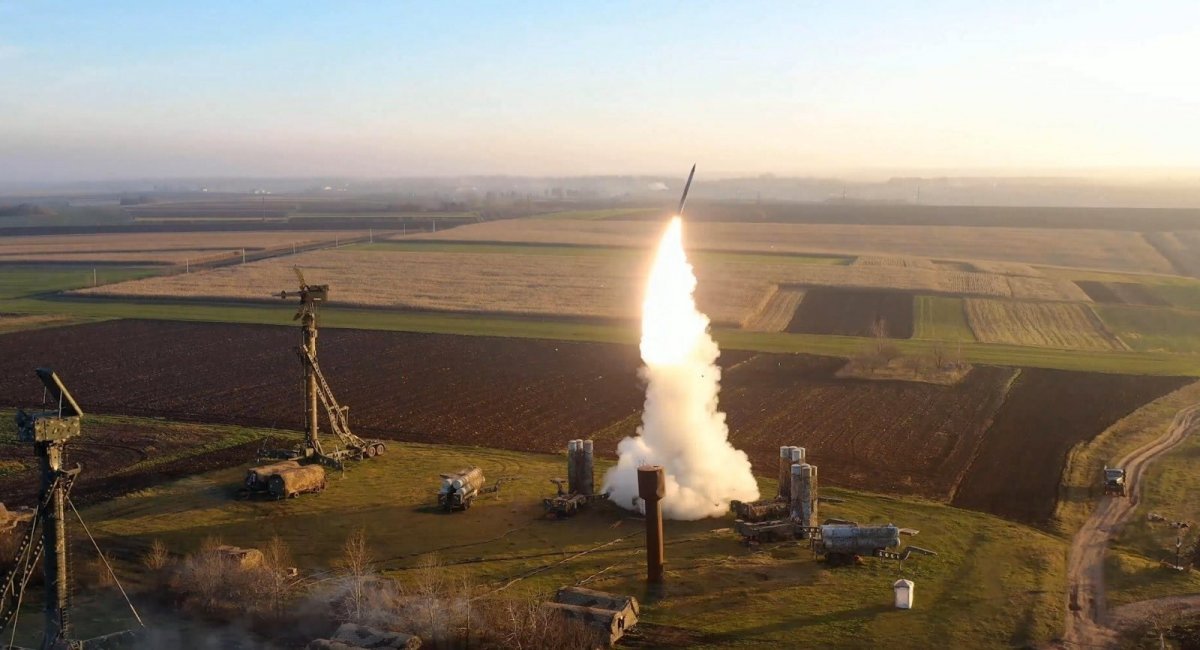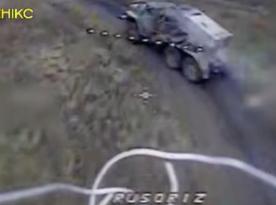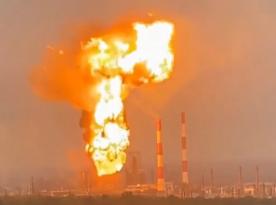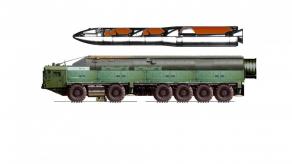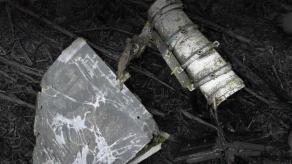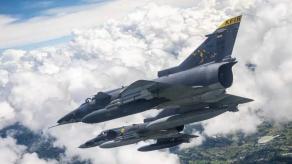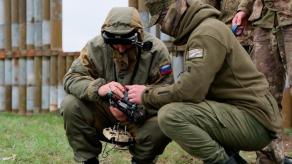russia’s full-scale war against Ukraine, particularly the renewed wave of Shahed attacks, has increasingly exposed the limits of the classical air defense concept. In the face of massive and near-continuous strikes, which the aggressor can sustain as part of a long-term war of attrition, conventional air defense approaches are proving inadequate.
This conclusion was reached by CSIS analysts in their recent publication analyzing the logic and effectiveness of russia’s combined air strikes. These attacks involve Shahed-136 kamikaze drones, Kh-101 cruise missiles, and ballistic weapons. Their overarching assessment is that russia’s renewed strike campaign amounts to a literal "war of salvos"— a strategy that demands not only organizational reform in Ukraine’s air defense, but also a fundamental shift in how its performance is evaluated.
Read more: Satellite Shows Where russia is Building New Droneport for Shahed-136 and Gerbera UAVs
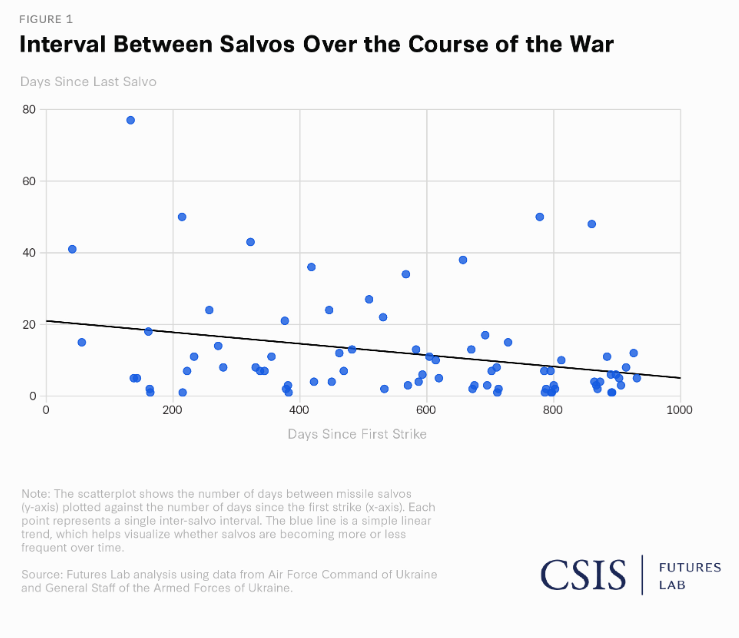
Let’s look at the numbers. Since September 2022, CSIS has documented 157 massed russian strikes on Ukraine. Initially, russia launched up to 100 missiles and drones in a single wave. Today, that number has grown to at least 300.
In 2022, russia carried out such large-scale attacks roughly once a month. By mid-2025, the interval had decreased to once every eight days. "What were once peak events are now baseline activity in a campaign defined by sustained pressure and operational tempo," the analysts note. This shift reflects the ramp-up in russian missile and drone production and underscores the mounting pressure on Ukraine’s air defense.
It's important to stress that while none of these attacks has achieved a strategic breakthrough on the battlefield, each inflicts cumulative damage — depleting Ukrainian air defense stocks and destroying infrastructure. This gives russia an asymmetric advantage by leveraging mass-produced, low-cost weapons.
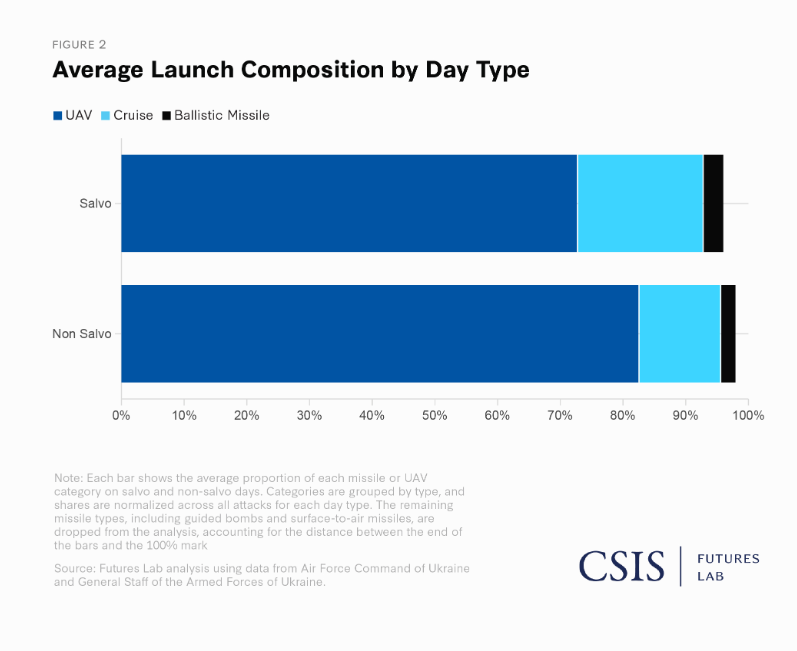
russia has deliberately adopted "three-component strike packages," combining kamikaze drones, air-launched cruise missiles, and Iskander ballistic missiles. These complex attacks impose a disproportionate burden on Ukraine’s defense architecture and are extremely difficult to intercept in full.
According to CSIS, Ukraine’s air defense is forced to respond not as a monolithic system but as a flexible network — one built on mobile fire teams, MANPADS, electronic warfare units, and an integration of Western systems with differing standards and origins. This model can work, but it is critically dependent on replenishment, scalability, and resilient infrastructure.
Hence the term "war of salvos." The dynamic of this conflict is driven by two questions: How quickly can russia prepare its next massive strike? And how quickly can Ukraine replenish its air defense stockpiles to repel it?
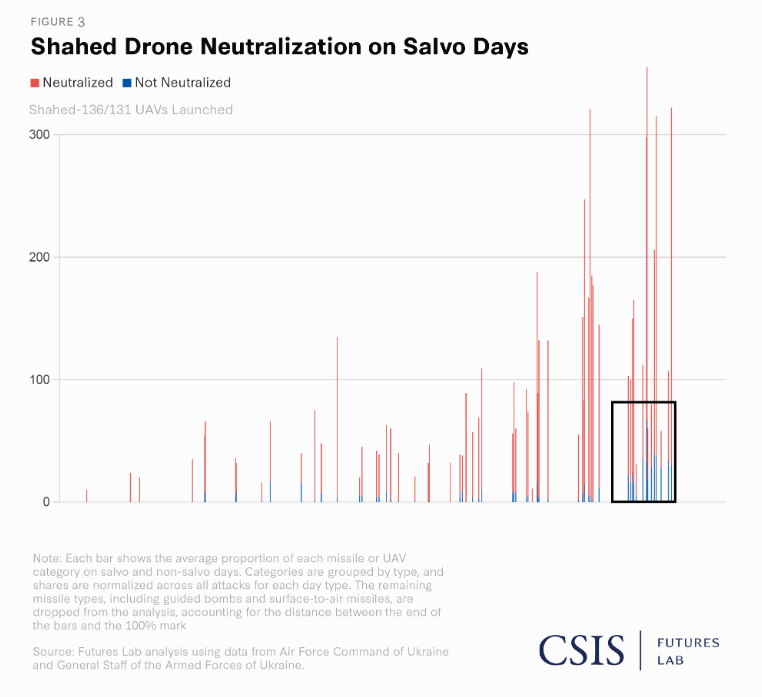
On this basis, the CSIS analysts argue that the core metric for evaluating Ukrainian air defense should not be the percentage of intercepts in a given attack, but rather its continued ability to absorb and withstand russian pressure over time.
They also recommend further experimentation with integrating "non-traditional" assets into Ukraine’s air defense structure — such as laser systems to counter drones. Moreover, they stress that public communication about air threats and their interception should be made as transparent as possible.
Finally, the analysts underscore a broader point: the tactics russia is using in this "war of salvos," including swarms of hundreds of Shaheds in a single wave, could be adopted by countries like iran or china in future wars. This makes the Ukrainian experience vital not just for today’s war, but for the defense strategies of tomorrow.
Read more: russians Attacked Ukraine with Missiles, UAVs: Air Defense Downed 69 Drones, 3 Cruise Missiles on Saturday Night




